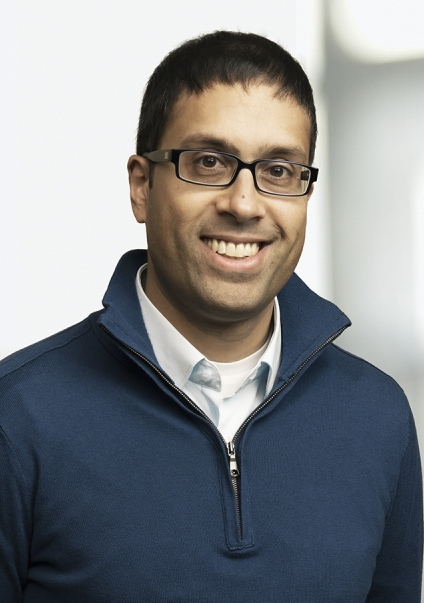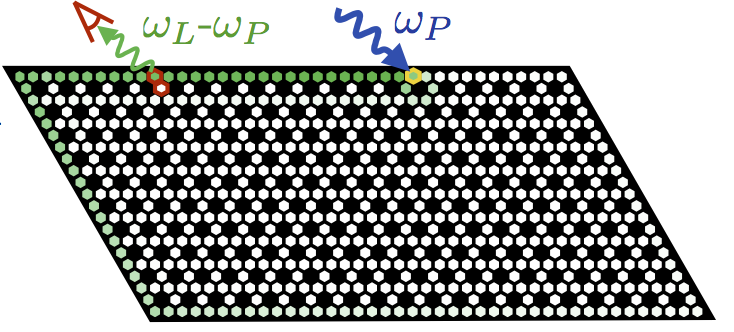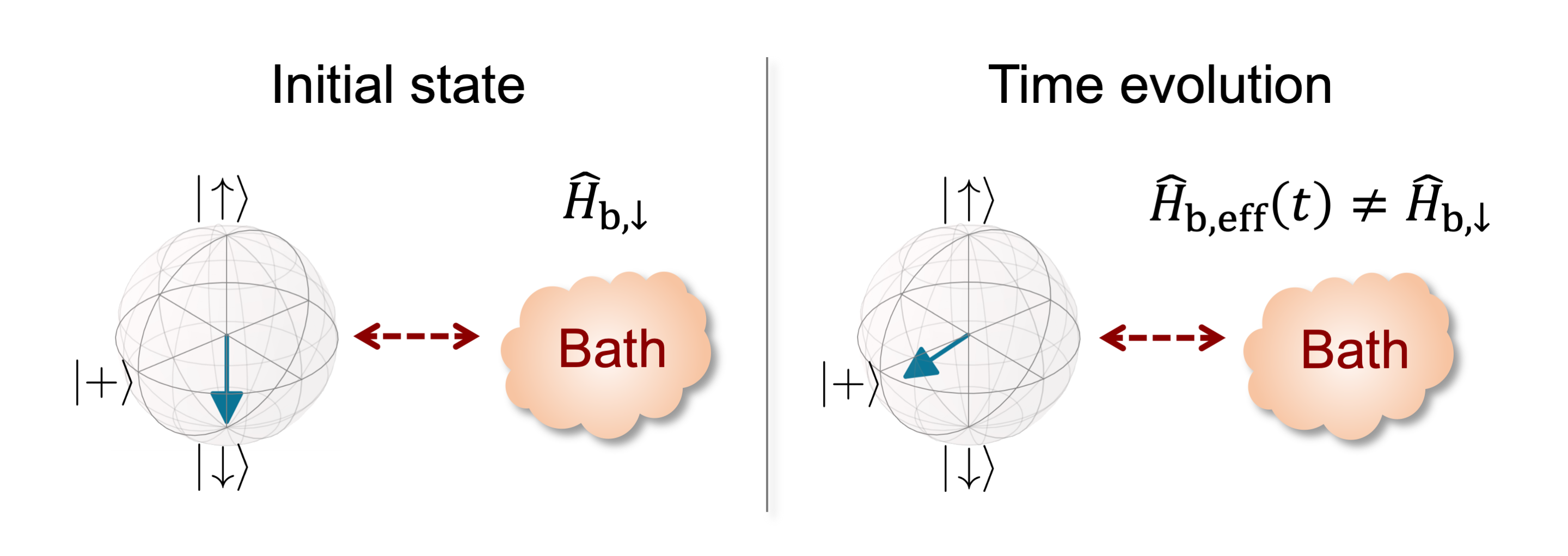
Contact:
Pritzker School of Molecular Engineering,University of Chicago,
5640 S. Ellis Ave.,
Chicago, IL, 60631.
Tel: (773) 834 4568
Office: Eckhart 289
email: aaclerk at uchicago.edu
Welcome!
My group is broadly interested in driven-dissipative quantum phenomena occurring in engineered quantum systems. Our research is at the intersection of condensed matter physics, quantum optics, and quantum information. While we are theorists, we work closely with a number of leading experimental groups around the world.
Brief Bio:
- Professor, University of Chicago, 2017 -
- Professor, McGill University, 2004 - 2017
- Amazon Scholar, 2022 -
- Simons Investigator in Theoretical Physics, 2020
- Simons Fellow in Theoretical Physics, 2017
- Rutherford Medal, Royal Society of Canada, 2015
- E. W. R. Steacie Memorial Fellowship (NSERC), 2014
- Canada Research Chair (Tier I), 2015 - 2017
- Alfred P. Sloan Fellowship, 2007
- Canada Research Chair (Tier II), 2004 - 2014
- Postdoctoral Fellow, Yale Univ., 2001 - 2004
- Ph.D. Physics, Cornell Univ., 2001
- Hon. B.Sc. Mathematics & Physics, Univ. of Toronto, 1996
Openings, News, Etc.
- Oct. 2025: Openings for new postdocs in Sept. 2026 or sooner (both in the group, and the U. Chicago Quantum Prize Postdoc Fellowship) Common application link for both positions here
Research Interests
- Driven-dissipative quantum systems
- Quantum measurement, sensing and metrology
- Quantum optics and optomechanics
- Superconducting circuits and qubits

Effective temperature (possibly negative!) of incoherently tunneling Cooper pairs. Read the paper.
Recent Research Highlights
Topological bosonic states via squeezing

There is enormous interest in engineering topological photonic systems, where topological protection guarantees the existence of robust edge modes. Most works in this field amount to replicating a well-known fermionic single-particle Hamiltonian. We recently studied a class of systems where this correspondence fails. Here, topology is induced by coherent two-photon driving (i.e. parametric driving). While these systems have a Hamiltonian resembling that of a fermionic topological superconductor, the bosonic physics is completely different. In particular, the topologically-protected edge states can act as frequency-converting channels, and can even serve as quantum-limited amplifiers and squeezed light sources. It is even possible to construct bosonic systems that are reminiscent of the fermionic Kitaev-Majorana chain.
Enhanced quantum sensing using quantum quenches

Some of the most common quantum sensing protocols exploit the dephasing of a probe qubit to study a a system of interest. Our work shows these methods can be made more powerful by making use of a quantum quench that is inadvertently induced on the probed system as part of standard protocols. These methods give rise to anomalous qubit phase shifts, which can be directly used to extract spectral functions of the probed system. This allows a parameter free measurement of temperature, and even the detection of non-thermal equilibrium states. These ideas are applicable to a range of sensing platforms, including nitrogen-vacancy (NV) centers in diamond and superconducting circuits.

